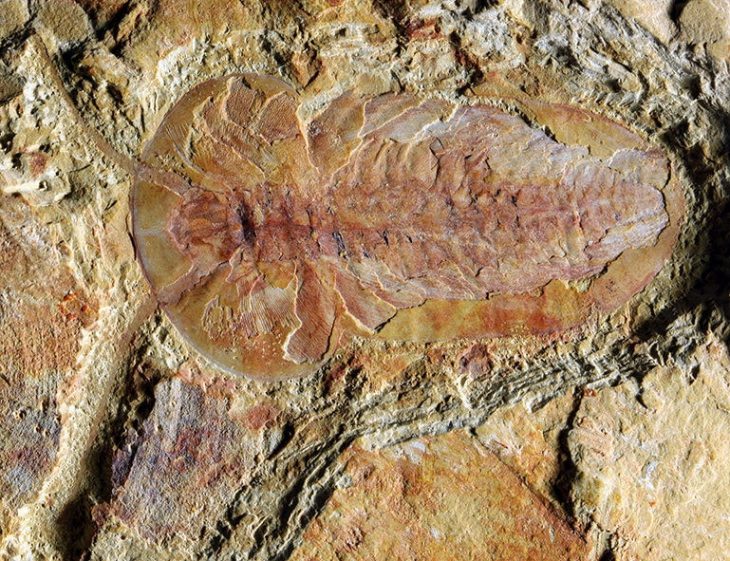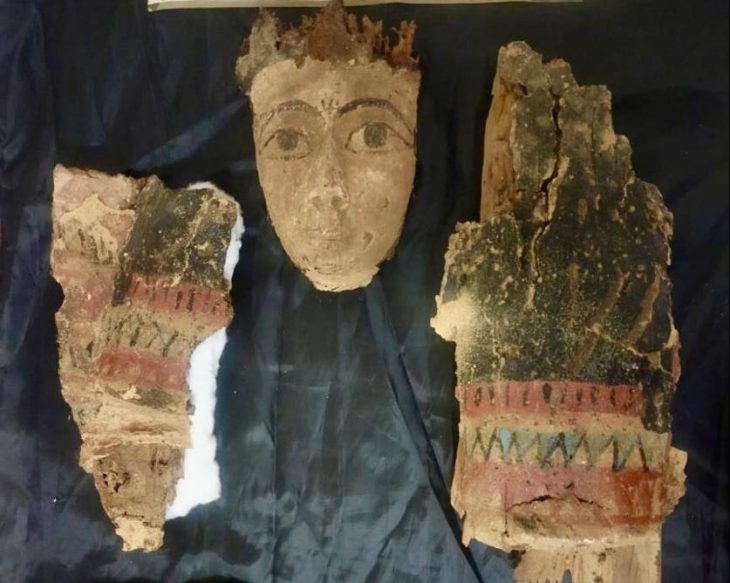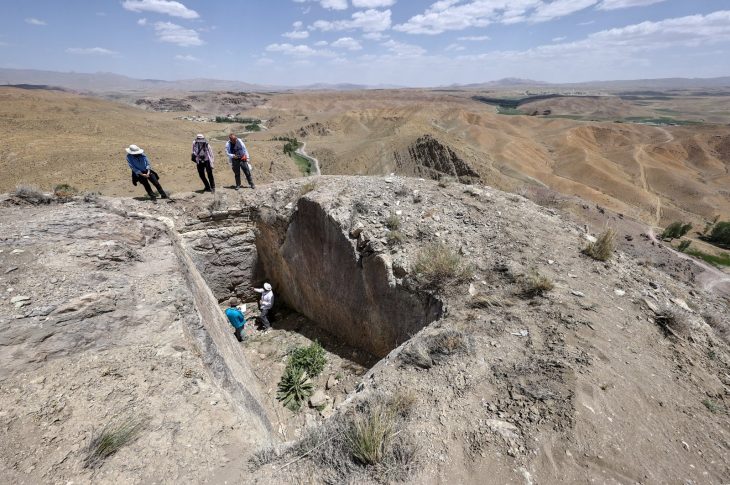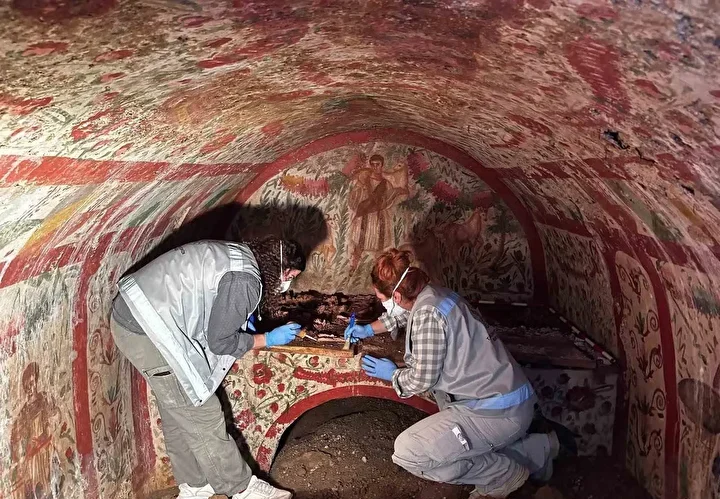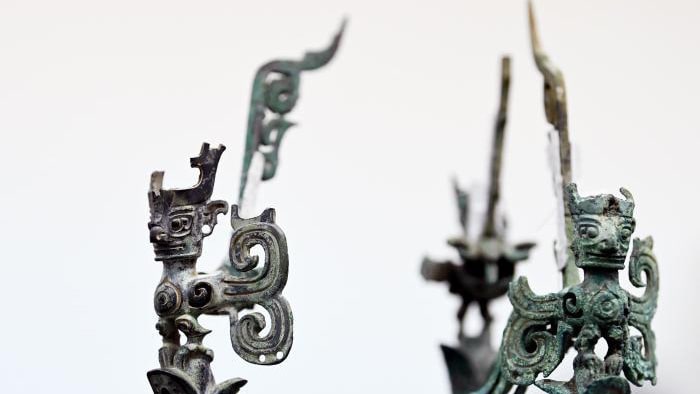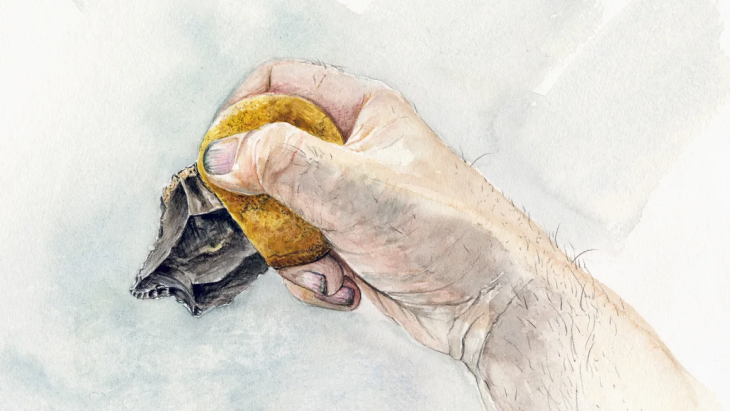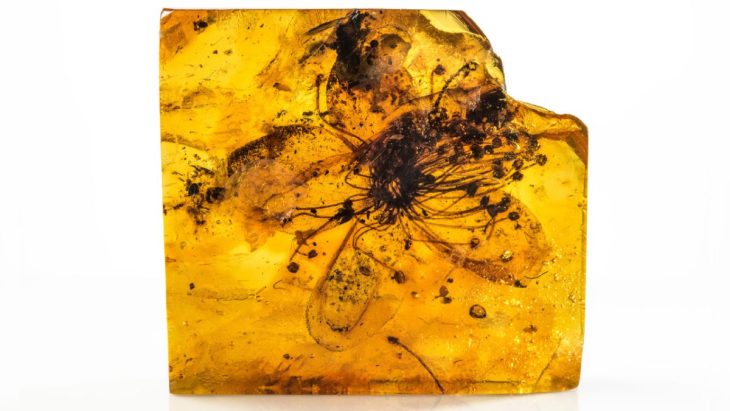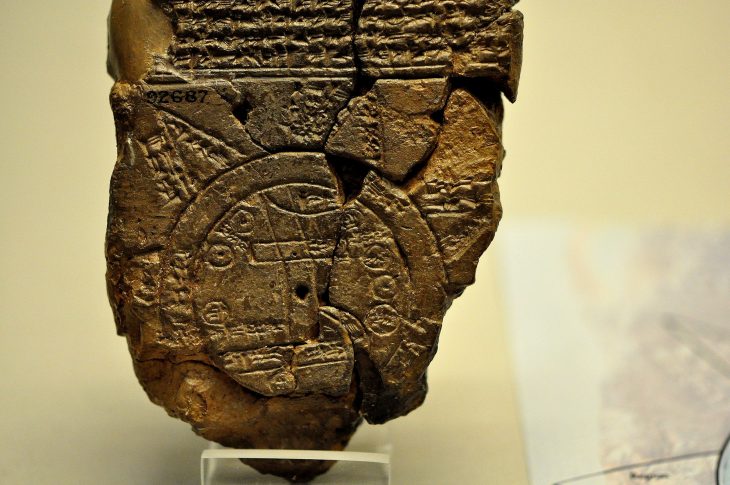A stunning archaeological discovery near Aarhus, Denmark, has revealed 30 Viking Age graves that may belong to a powerful aristocratic family possibly connected to King Harald Bluetooth — the legendary unifier of Denmark and Norway.
Located in the village of Lisbjerg, just north of Aarhus (known as Aros during the Viking Age), the burial site is part of an elite settlement dating back to the late 900s. Archaeologists from Moesgaard Museum unearthed a wide range of grave goods, including coins, ceramics, glass beads, and a rare wooden casket inlaid with precious metals — all signs of high social status and long-distance trade connections.
Royal Ties and Social Hierarchy
“This burial site at Lisbjerg is quite special,” said excavation leader Liv Stidsing Reher-Langberg. The graves’ varying richness hints at a complex social structure — possibly a chieftain’s family along with servants or enslaved individuals. The nearby discovery of a large fortified manor farm strengthens the theory that this site was tied to the elite ruling class under Harald Bluetooth.
The chieftain who ruled Lisbjerg is believed to have held significant influence, second only to the king, exerting economic, political, and religious power throughout the region.
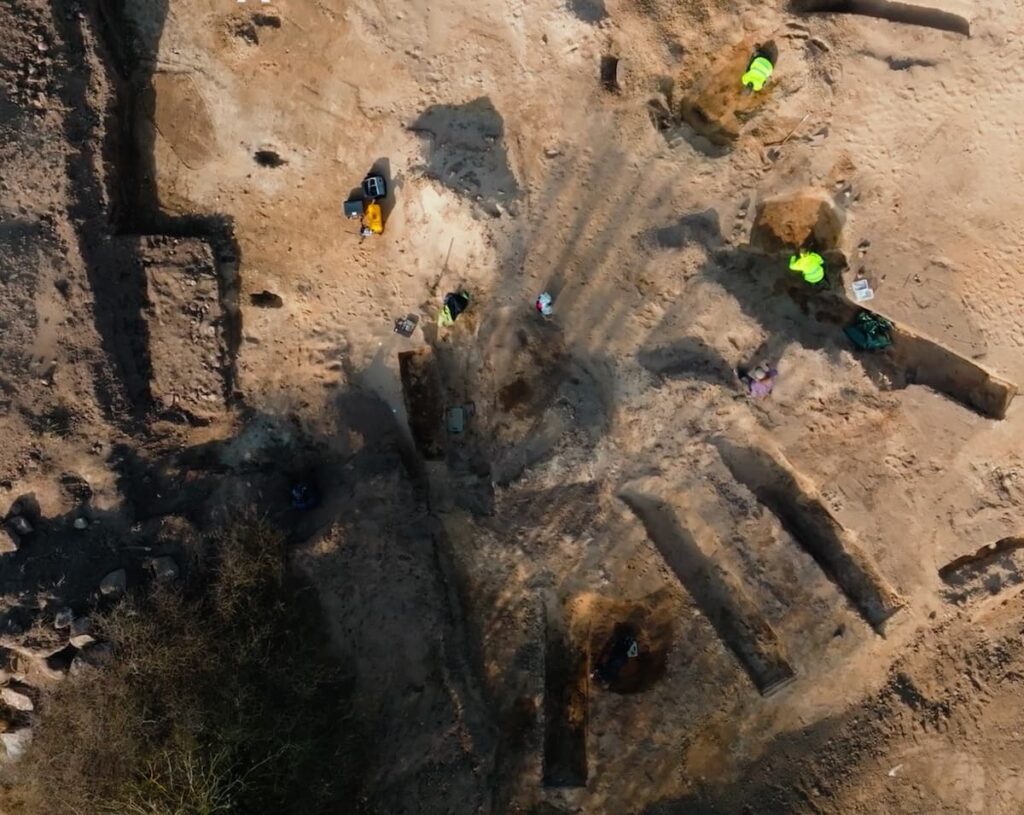
The Exceptional Woman’s Casket
The most extraordinary find was a finely crafted oak casket, likely owned by a high-ranking woman. Measuring about 32 by 32 centimeters and reinforced with silver fittings, the box featured an intricate locking mechanism. X-ray analysis revealed a silver filigree bead (possibly a brooch), a delicate pair of scissors, a needle, and a gold-threaded ribbon inside — personal items that highlight the owner’s elite status.
📣 Our WhatsApp channel is now LIVE! Stay up-to-date with the latest news and updates, just click here to follow us on WhatsApp and never miss a thing!!
“These types of caskets are extremely rare,” noted Naja Kjærgård Laursen, a spokesperson from Moesgaard Museum. “Only one similar piece has been found, in nearby Haldum.”
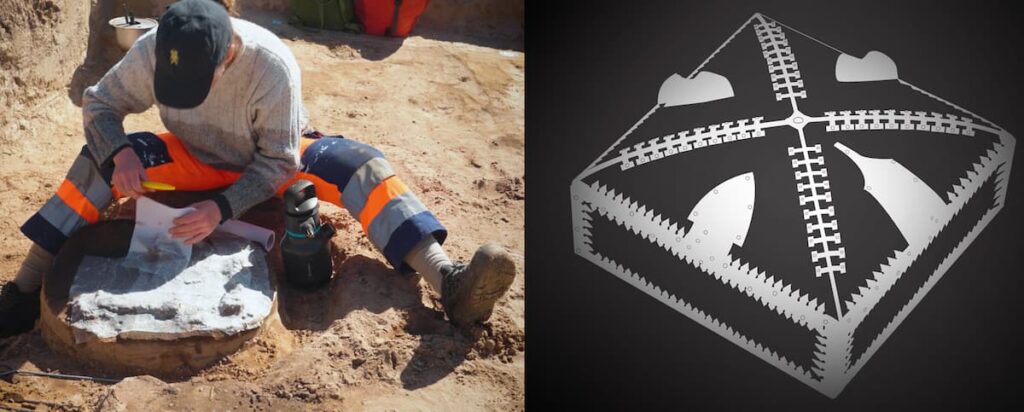
Pagan Rituals and Global Connections
The tombs, dated between 900 and 1000 AD, are thought to be pagan, offering a glimpse into Denmark’s pre-Christian funerary practices. The luxurious grave goods — some of them originating from far-off regions — suggest the buried individuals were part of a wide-ranging Viking trade network.
Historian Kasper H. Andersen of the Moesgaard Museum emphasized the significance: “The Aarhus region, especially Aros, was one of the key political and commercial hubs in Scandinavia. These findings reflect a society where elite families held power and maintained international connections.”
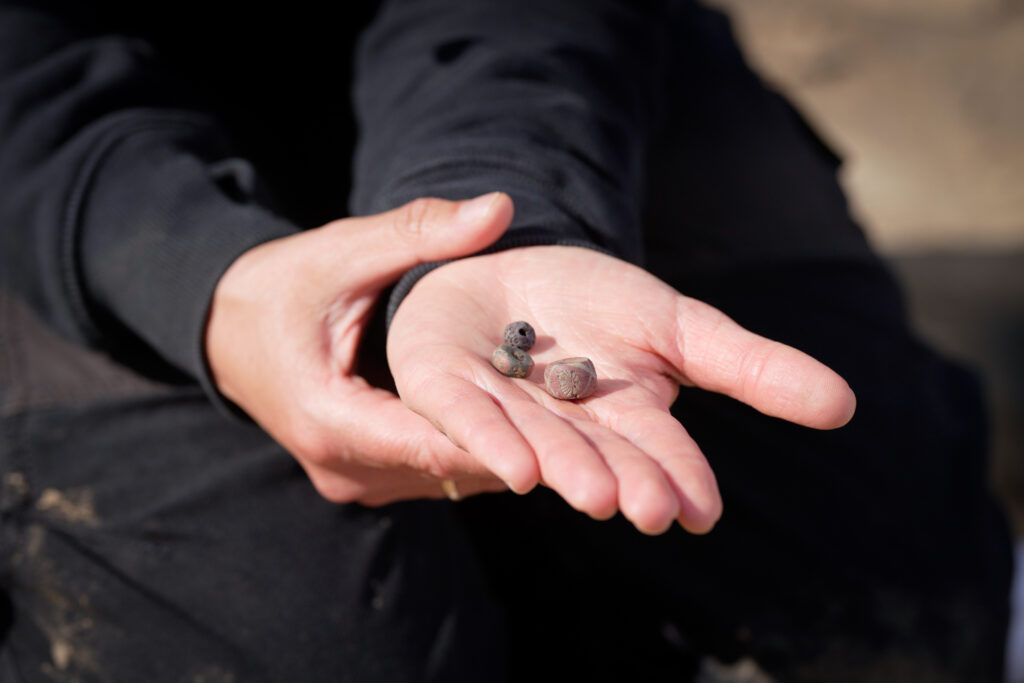
A Lasting Legacy
Though the area initially showed signs of pre-Roman Iron Age activity, the Viking Age tombs came as a surprise. The nearby manor farm — first excavated in 1989 and linked to Aros by a main road — further reinforces Lisbjerg’s importance as a center of wealth and governance.
Now undergoing conservation and analysis, many of the artifacts will soon be displayed at the Moesgaard Museum. Researchers hope the discovery will spark further studies into Viking Age society, elite burial traditions, and the legacy of Harald Bluetooth’s reign.
Cover Image Credit: Archaeologists uncover lavish Viking Age graves near Aarhus, Denmark, revealing elite burials possibly linked to King Harald Bluetooth. Credit: Moesgaard Museum


